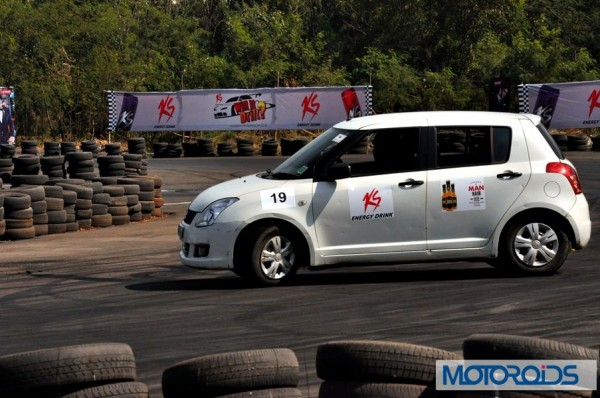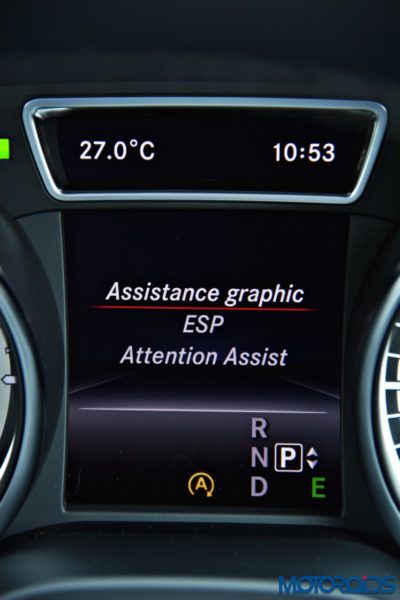In a car, a spin occurs when the tyres of the vehicle lose traction and thus, may cause the driver to lose control. Many modern cars come with traction control and vehicle stability control to prevent this exact problem. Well, when we say problem, us auto journalists actually love spinning our cars and make them drift or just slide about, obviously under controlled conditions. But for the average Joe, losing traction can actually be quite scary and is hazardous to other road users, too.
To counter this ‘niggling’ issue, Ford’s tech boffins have come up with an advanced form of vehicle stability control system. Ford has dubbed this technology, enhanced transitional stability technology. Sounds like a mouthful, but simply put, this technology can actually predict a spin-out before it actually ever comes to fruition. Most of the stability control systems in modern cars, are mostly passive. This means their computer brain only wakes up when the car has already begun its slide and is on the verge of catastrophe.
Drifting is a form of spinning, but without losing complete control of your car.
Unlike professionals drifting, an average driver doesn’t want to spin out on public roads.
The newer smarter stability control fitted to the 2015 Ford Focus, is so advanced that it can actually predict a spin before the event even takes place. The computer wizardry that makes this possible, takes into account a variety of inputs from different sensors placed throughout the car. The system actively monitors various parameters such as the car’s speed, steering wheel position, the rate at which the steering wheel is turned by the driver and several other inputs from the sensors. If the computer brain thinks that the driver is going to lose it, before he/she wets their trousers, the advanced system kicks in and actively prevents the vehicle from losing control. This system works by applying braking to individual wheels at precisely the right time and by the proper amount.
Electronic Stability Programme (ESP) in this Mercedes-Benz does somewhat the same job.
Of course, many modern cars have similar systems that called by different names; Electronic Stability Programme (ESP), Vehicle Stability Assist (VSA), Vehicle Stability Control (VSC) etc. But what differs Ford’s new system in the 2015 Focus, is that it’s proactive, unlike the other systems. The other systems, though effective in their own right, only kick in when they detect the tyres losing grip, whereas the one in the Ford, actively predicts a condition that could lead to a spin to occur. All of these calculations take place in under 200 milliseconds! That’s the same time it takes a human brain to recognise a face. The enhanced transitional stability technology, through all the inputs from sensors dotted around the car, will make sure that no matter what the prevalent conditions, you never lose control of the car. Of course, it’s only a matter of time before other manufacturers play catch-up and offer similar systems in their cars.
We are only glad to see such protective nannies coming out from the labs of various carmakers, making the roads safer for everyone. Kudos to Ford for this one. Watch the video below to see how this system actually works and as a bonus, you can also see a pretty woman playing the game egg & spoon.




